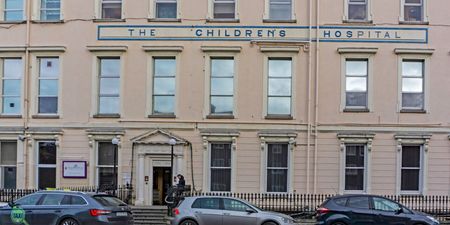A new international study has found that engaging with young children while reading books to them gives their brain a cognitive boost.
While reading to children has many benefits, simply speaking the words aloud may not be enough to improve cognitive development in preschoolers, according to a new international study, published in the journal PLOS ONE.
Researchers from the Cincinnati Children’s Hospital Medical Center, have used functional magnetic resonance imaging (fMRI) scans to show that engaging with children while reading books to them gives their brain a cognitive “boost.”
The scans demonstrated significantly greater brain activation in 4-year-old children who were more highly engaged during story listening. Paediatrician Dr John Hutton says the findings reinforce the value of “dialogic reading,” where the child is encouraged to actively participate:
“The takeaway for parents in this study is that they should engage more when reading with their child, ask questions, have them turn the page, and interact with each other.
In turn, this could fuel brain activation or “turbocharge” the development of literacy skills, particularly comprehension, in preschool aged children.”
The study used fMRI scans of 22 girls, aged 4, to explore the relationship between engagement and verbal interactivity during mother-child reading, and neural activation and connectivity during a story listening task. Children exhibiting greater interest in the story showed increased activation in right-sided cerebellar areas of the brain, thought to support cognitive skills connected to language, association and executive function areas.
Worryingly, Dr Hutton says that parents’ mobile phones are a common, but preventable, barrier to reading engagement:
“Our findings underscore the importance of interventions explicitly addressing both parent and child reading engagement, including awareness and reduction of distractions such as cellphones, which were the most common preventable barrier that we observed.”






















































